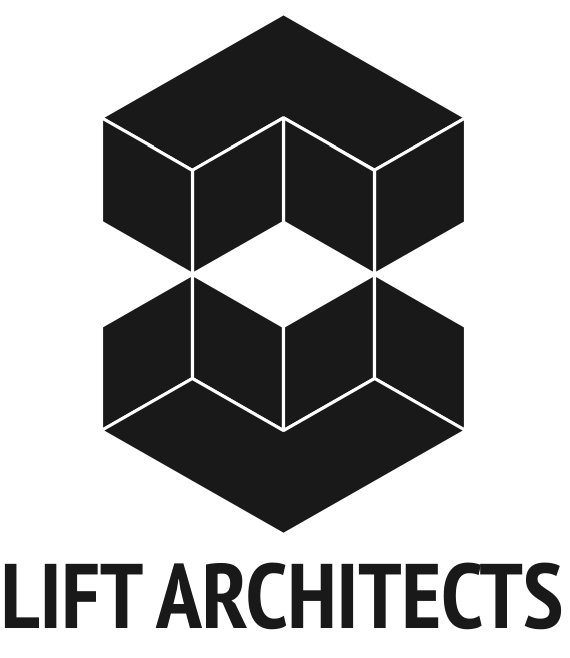With the development of digital technology like building information modeling and parametric software, designers now have a set of powerful tools which provide the flexibility and range required to implement truly dynamic design techniques. The term “flux”, meaning continuous change or movement is an appropriate appellation for the current state of affairs in architectural practices that try to reconcile the need for iterative or evolutionary design procedures with the ways in which we produce architectural environments.
Organized by the California College of the Arts Media Lab in 2009; FLUX: Architecture in a Parametric Landscape was an exhibition that presented over fifty built and experimental architectural projects that explored eight thematic categories. Each theme explored a set of spatial logics that have been transformed through advancements in parametric modeling practices: Stacked Aggregates, Modular Assemblages, Pixelated Fields, Cellular Clusters, Serial Iterations, Woven Meshes, Material Systems, and Emergent Environments. The exhibition armature, designed to display images, diagrams and three dimensional models was a developed by a team of CCA faculty members, consultants, and students to investigate the fluid exchange between parametric modeling and digital fabrication. The exhibition was generated in conjunction with CCA Architecture Lecture Series and was on display in San Francisco from March to May of 2009.
The six steps above illustrate the parametric logic behind the Grasshopper definition that was used to generate all of the vertical MDF (medium density fiber-board) ribs and horizontal HDPE (high density polyethylene) panels for the armature. Every section of the installation is unique and numbered in sequence, allowing the installation to be easily assembled or disassembled in less than 3 hours per module.
I joined the project team as an advanced geometry and parametric design consultant whose charge was to organize and construct the digital framework for the project in such a way as to be able to easily control the parameters driving the formal and spatial layout of the armature as well as to facilitate the exchange of information between the parametric model and the 3-axis CNC mill recently acquired by the school. The undulating structure expanded and contracted as its volume extended down the center of the space. Through the use of parametric modeling and a series of custom designed scripts, the installation design could be quickly updated to address new design criteria. From the thickness of the ribs and perforated skins to the structure’s overall tertiary conformation, the spatial form of the armature was controlled through a complex set of relationships defined by its formal, performative, and fabrication constraints. This method allowed the team to make adjustments which were instantaneously updated, expediting the fabrication process.
A zoomed out view of the entire Grasshopper definition used to create the Flux installation (Grasshopper version 0.5.0.99).
Acknowledgments
Architect: CCA Architecture/Media Lab
Location: San Francisco, CA United States
Date: 2008-2009
Director of Architecture: Ila Berman
Project Coordinator and Media Lab Director: Andrew Kudless
Installation Design Concept: Kory Bieg, Andre Caradec, Andrew Kudless, Andrew Payne and Ila Berman
Exhibition Curation: Andrew Kudless with Ila Berman and Marc Fornes
Parametric Design Consultant: Andrew Payne
Sponsors: Solid Thinking, K Bieg Design, SUM Arch, Vogue Graphics

